Marine Life
The vast waters of The Bahamas team with an amazing array of marine habitats, including coral reefs and mangroves that feature a diversity of dolphins, sharks, and rays as well as sea turtles and manatees.



What are dolphins?
Dolphins belong to a group of marine mammals called toothed whales. The word dolphin comes from the Greek delphis, which means dolphin. The toothed whale group, or Odontoceti, includes not only dolphins but also porpoises, river dolphins, and even sperm whales. The dolphin family, Delphinidae, which is part of the toothed whale group, includes dolphins such as the bottlenose, spinner, and spotted dolphins as well as the killer whale, pilot whale, and false killer whale.
Dolphins are mammals
Dolphins are mammals just like humans and have the same basic mammal traits:
- Warm-blooded: Dolphins maintain a constant body temperature.
- Possess hair: Dolphins have a few hairs on their rostrum that they lose after birth.
- Nurse their young: Dolphins have fat-rich milk, which helps the calf gain weight quickly.
- Breathe air: Dolphins breathe through the blowhole on the top of their head.
- Give live birth: Dolphin calves are born in the water.
Threats to dolphins
There are some whales and dolphins that are endangered, including the Ganges River dolphin and blue whale. Whales and dolphins have many challenges that they face on a daily basis:
- Trash ingestion
- Entanglement in fishing nets and lines and other litter
- Pollution, including oil spills and agricultural and mining runoff
- Collisions with boats
- Bycatch as part of fishing operations
- Climate change
If you observe an ill or injured whale or dolphin in The Bahamas, please call the Bahamas Marine Mammal Stranding Network at 242.544.5409
How can you help?
Every Day
Get Involved
Donate
What we are doing
Whales and dolphins are long-lived animals with a low reproductive rate, which makes them particularly vulnerable to impacts from human activities. As such, long-term studies are critical to monitoring the health and status of populations. Since 1991, our partner the Bahamas Marine Mammal Research Organization (BMMRO) has compiled an unprecedented dataset for whales and dolphins in the region, which has become increasingly valuable in providing baseline ecological information on some species.
The establishment of the Bahamas Marine Mammal Stranding Network in The Bahamas in collaboration with BMMRO, Department of Marine Resources, and the US Southeast Regional Stranding Center of NOAA Fisheries in Miami in 2008 has increased our knowledge of the occurrence of whale and dolphin strandings. As part of the Atlantis Blue Project, Atlantis is working closely with BMMRO to improve stranding response.
Combining the long-term understanding of the marine mammals of The Bahamas with information on stranded animals in the region, we will receive a clearer picture of the conservation needs of marine mammals in The Bahamas.

